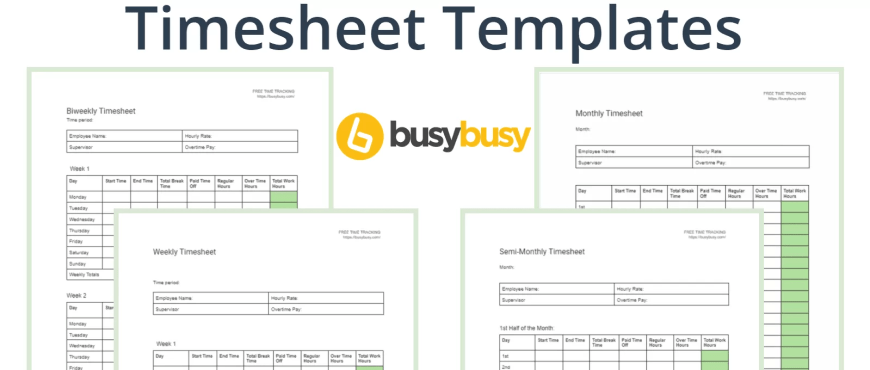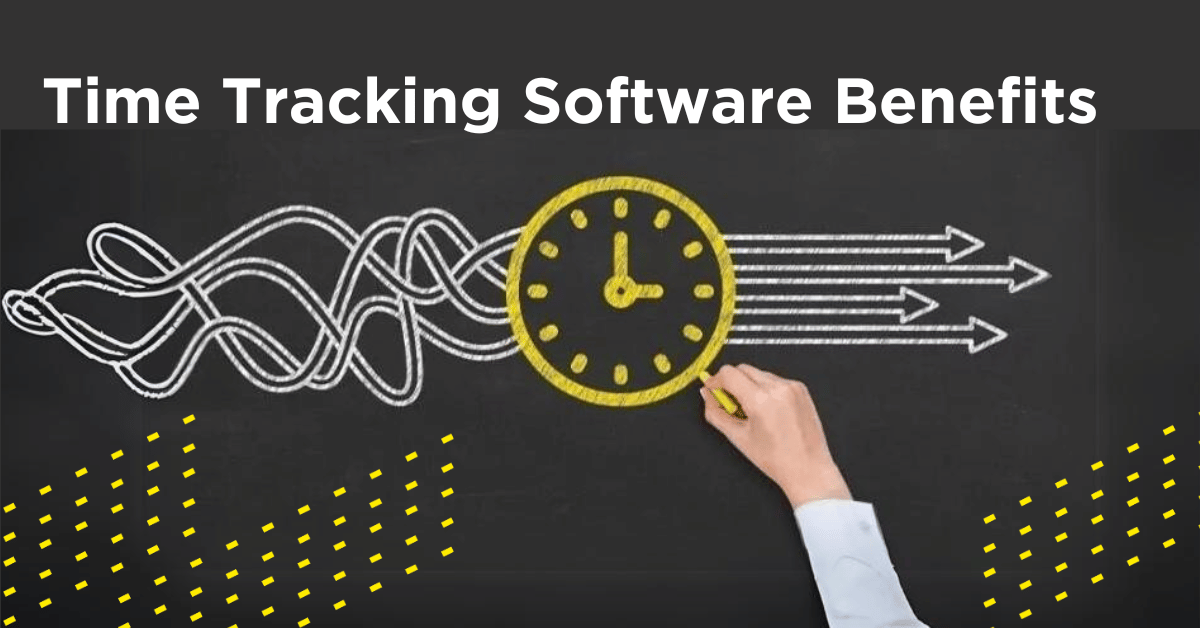
Project estimating is a critical part of any construction project. It’s a time consuming process, and one that can cost thousands of dollars if rushed. It’s tempting to hurry through complicated variables relying on gut feel and experience, but anybody doing estimating is responsible for taking the time to accurately estimate the overall cost of a project- in fact it can determine the long-term viability of the company. Project estimation generally includes three facets- overhead costs, labor costs, and materials. Here, we’ll take a look at four common mistakes in job estimating and how you can avoid them.
1. Contractors Second-Guessing Their Numbers.
In estimating accuracy is key. One of the most common mistakes made in job estimating is uncertainty. Because the process is an educated guess from the start, the stress and anxiety involved keep some contractors from being confident in their estimates. A lot of the anxiety is a result not having a clear breakdown of costs on past projects. Fortunately, busybusy helps contractors get an accurate view of their costs and how they stand in comparison to the established budget. You can view the budget versus actual in real time or you can review it after the project is complete. Contractors will also get a better understanding of the different variables involved in job costing.
2. Poor Communication
Communication is an integral part of successful job estimation because once a job is estimated it’s generally executed in the field by somebody else. There’s a lot of communication that goes on pre-bid and through the award and buyout phase of a project. A good estimator is thinking through the means and methods of doing a project during the bid phase, but oftentimes isn’t adequately communicating those details to the field once the job starts. A lot of times you end up with one person envisioning the job going one way and another person building it another way and you end up with skewed line item budgets. Having field and office talk through the project estimate and reviewing like projects beforehand can make all the difference between being profitable or not on a project.
3. Not Asking Enough Questions During the Job Costing Process
When it comes to job costing, everything you don’t know ends up costing you. Another common mistake is not asking enough questions throughout the process. Undefined gray areas and unforeseen issues can end up taking a chunk out of your profits when not assessed at the beginning. Unfortunately, most project owners won’t sympathize and will place the responsibility squarely on the contractor. Any contractor in business to earn money (which is all of us) will need to be more effective at job costing. You’ll need to ask questions about the final price of resources, labor costs, materials, and overhead costs. When you have these answers at the beginning of the project, you can lock in those profits more securely. Time tracking apps can make it easier to keep track of all this information once the project starts. The time tracker will help place labor hours in the appropriate job and cost code. After all, labor is your largest variable cost so why would you not track it the closest with a construction time clock app so that you know why you were over or under budget on your labor hours?
4. Failure to See the Project Through to the End
Some managers develop a bad habit of poor follow-through. Estimators sometimes consider their jobs complete once the project has been awarded. Without a viable chain of communication and open ears, the feedback from field managers and workers out on the job site can get lost easily. Using a time tracking software that offers a budgeting section for costs and labor hours can quickly eliminate this problem to help ensure teams deliver as estimated.
Prevent job-estimating mistakes and gain more site visibility with busybusy. Schedule a demo of our job costing app today.











